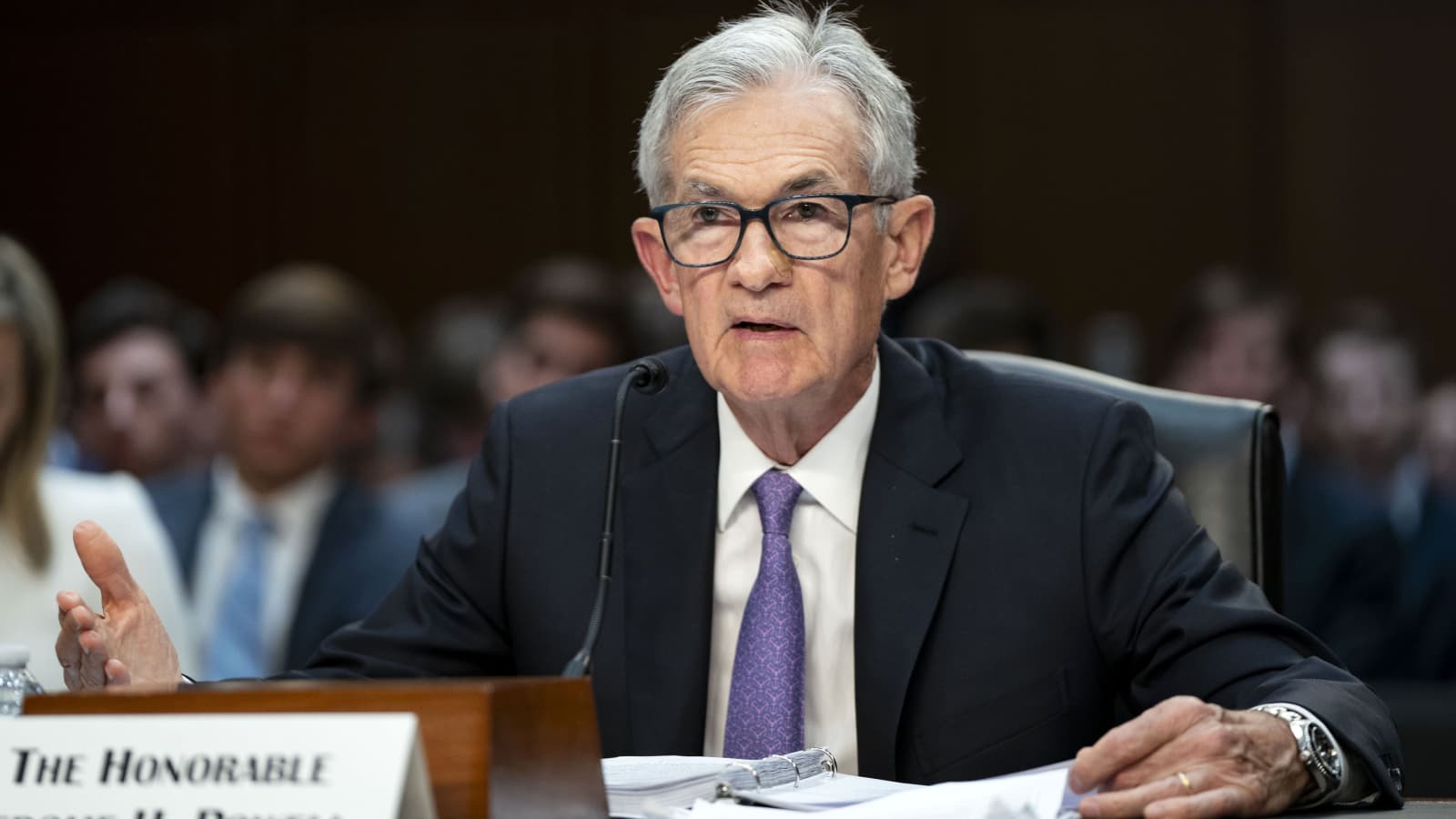Central Bank Indicates Next US Interest Rate Move Likely to Be a Cut
US Federal Reserve Chair Jay Powell stated that the central bank had made “considerable progress” in its mission to curb inflation but emphasized the need for “more good data” before reducing interest rates from their 23-year high.
In written testimony to the US Congress released on Tuesday, Powell expressed optimism that the US economy was returning to better balance as the Fed strives to bring inflation back to its 2 percent target. Recent inflation reports, including one showing the Fed’s preferred gauge dropping to 2.6 percent in May, were encouraging and indicated “modest further progress.” However, Powell stressed that “more good data would strengthen our confidence that inflation is moving sustainably towards 2 percent.”
“Over the past two years, the economy has made considerable progress” towards the Fed’s inflation target, he said, adding that labor market conditions “have cooled while remaining strong.”
Balancing Act in Policy Decisions
Powell’s comments to the Senate Finance Committee highlighted the central bank’s delicate balancing act as it considers when to lower the benchmark interest rate, currently between 5.25 and 5.5 percent, a range it has held since last July. Lowering rates too early could undermine efforts to control inflation, while maintaining high rates for too long could unnecessarily increase unemployment.
Powell addressed this trade-off in his opening remarks, warning that a policy misstep could stall or reverse recent progress on inflation. However, he acknowledged that “elevated inflation is not the only risk we face,” pointing out that prolonged high borrowing costs could “unduly” harm the economy. “We are very much aware that we have two-sided risks now,” he later added, in response to a query from Sherrod Brown, the Democratic chair of the Senate Finance Committee, about safeguarding American jobs.
Policy decisions will be made “meeting by meeting,” although Powell indicated that the Fed’s next move is more likely to be a cut than an increase. The “likely direction” would be to “begin to loosen policy at the right moment,” provided inflation continues to decrease and the job market remains strong, Powell said in response to a question from Jack Reed, senator from Rhode Island.
https://www.thefinance360.com/2024/07/09/inflation-data-powell-speaks-and-big-banks-report-earnings-what-to-know-this-week/
Recent Developments and Future Projections
Officials remain cautious after inflation spiked earlier this year, disrupting expectations that the Fed would start reducing rates before summer. Policymakers are eager for more evidence of disinflation before lowering borrowing costs. Recent signs of a cooling labor market, with the unemployment rate now at 4.1 percent (a level last seen in November 2021), have bolstered expectations for a fall in borrowing costs after summer. These conditions point to a labor market that is “strong, but not overheated,” Powell said.
Future Meeting and Policy Adjustments
The Fed’s next meeting will take place later this month, but traders broadly do not expect a rate reduction then. They are, however, betting that a cut in September is more likely than not. As of June, officials projected one interest rate reduction this year, although many also supported an additional move.
The September meeting is the last before the presidential election in November, after which the Fed will meet twice more this year. Inflation and high borrowing costs are top voter concerns, affecting President Joe Biden’s approval ratings.
Additional Regulatory Considerations
Powell also faced questions about the Fed’s proposed changes to bank capital rules, which have faced significant opposition from Wall Street and Republican lawmakers for being too stringent. The chair indicated that the central bank would consider new feedback on a revised proposal, given the likelihood of “material” changes to the initial parameters.





